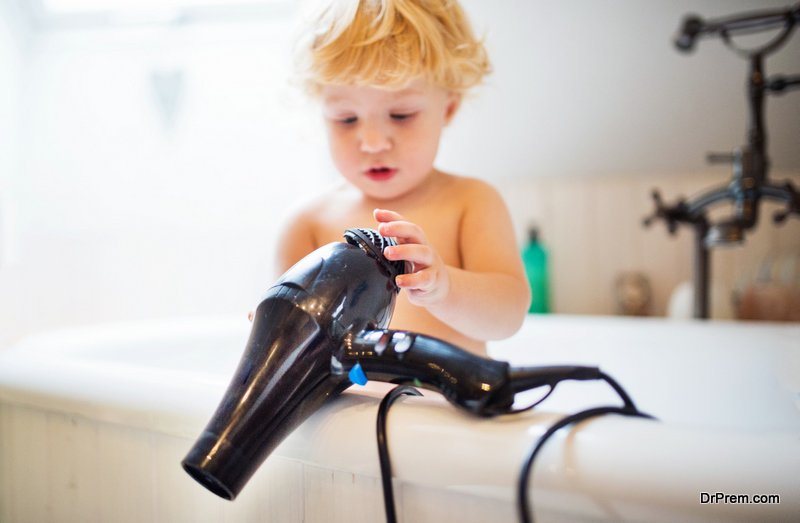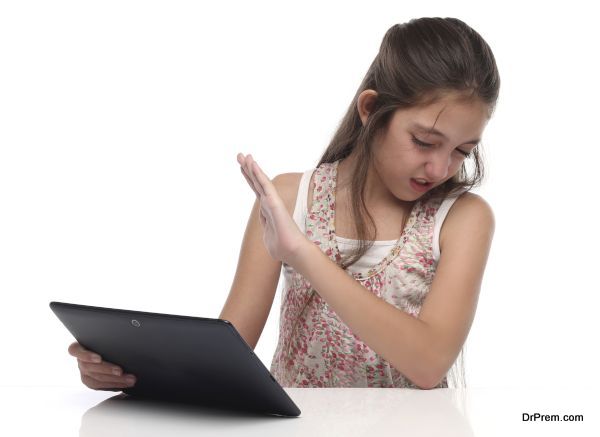The young ones love to explore and learn about everything. They spend most of their time being active and creative. As a result, they become more prone to accidents and are exposed to germs and bacteria. Our duty as parents is to set up a healthy and safe environment for them to play and live in.
Depending on the home environment, our kids can get sick or injured in the confinements of the home. Therefore, you should strive to create a healthier and safer environment within the home for everyone. Here are some essential tips to follow to keep our homes as a haven for our children.
1. Clean as you go method
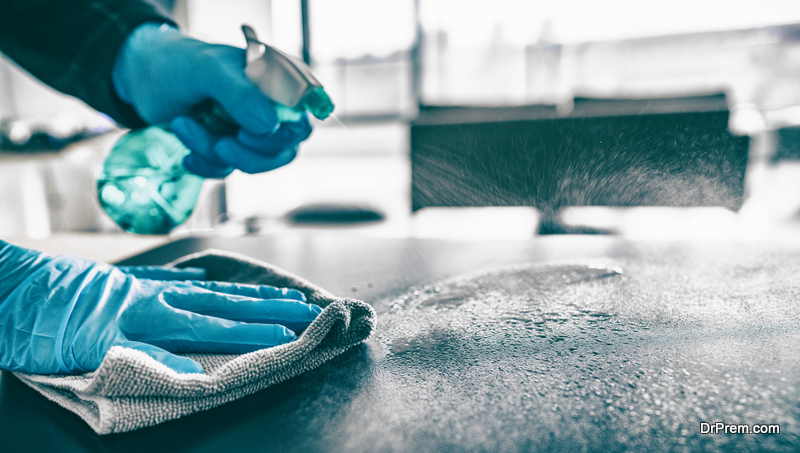 Keeping a clean and tidy house with small children can prove to be a daunting task. Adopting a clean as you go method, which involves cleaning continually, works better than allocating yourself the cleaning task once the baby falls asleep. This method calls for immediate cleaning of spills, washing dirty dishes, garbage removal, wiping dusty surfaces, and generally keeping our home neat and tidy at all times.
Keeping a clean and tidy house with small children can prove to be a daunting task. Adopting a clean as you go method, which involves cleaning continually, works better than allocating yourself the cleaning task once the baby falls asleep. This method calls for immediate cleaning of spills, washing dirty dishes, garbage removal, wiping dusty surfaces, and generally keeping our home neat and tidy at all times.
2. Using safe baby products
Baby skins are sensitive and vulnerable to products that have strong and harsh chemicals. You should take every precaution to avoid using toxic products. Pay attention to all the products you are using on your baby, from water wipes to baby diapers, and ensure that they are baby-friendly products. It can be challenging to choose what is safe for your baby by just reading a product on a shelf. Nevertheless, there are plenty of tested and approved products that will not harm your bundle of joy’s skin.
3. Baby proof your house
 As the baby masters the art of walking, they keep falling, pulling, and pushing things around to balance. Installing wall-mounted baby gates on top and bottom of the stairs and the windows ensures the baby’s safety.
As the baby masters the art of walking, they keep falling, pulling, and pushing things around to balance. Installing wall-mounted baby gates on top and bottom of the stairs and the windows ensures the baby’s safety.
Cover electrical outlets and safely tuck in cables to prevent electrocution.
Watch out for corners. Padding all edges will cushion the baby from being knocked as they move around.
4. Install home cameras and baby cams
Install home security cameras inside and outside your house to keep an eye on your home even when you are not around.
Baby monitors that are capable of detecting baby movement, temperature, sound, and have night vision mode are a great convenience to parents as they can watch their babies on computers or smart devices at all times.
5. Use pesticides safely
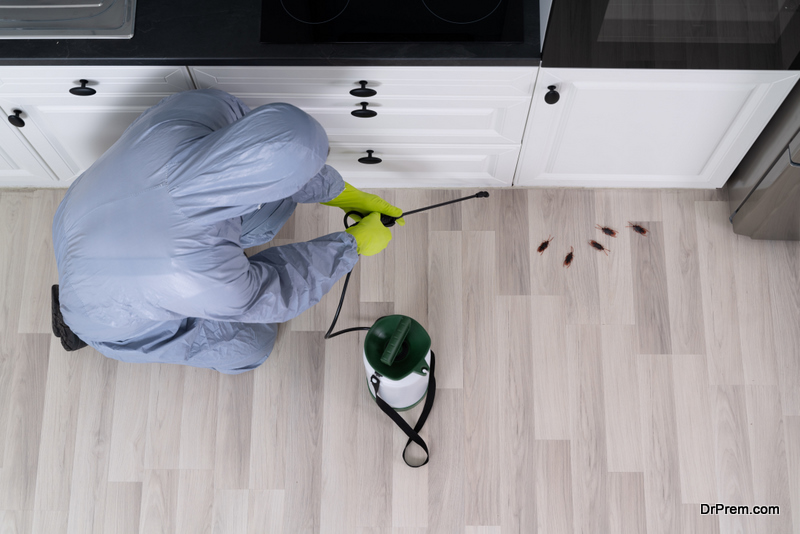 Sealing off crevices, eliminating stagnant water, covering your trash with a lid, and keeping your house clean and free from food particles will help to keep bugs and pests away. But this safe and natural method may not always work.
Sealing off crevices, eliminating stagnant water, covering your trash with a lid, and keeping your house clean and free from food particles will help to keep bugs and pests away. But this safe and natural method may not always work.
If it is a must you use pesticides, it is advisable to wear protective gear, use it sparingly, and use bates and gel instead of spraying. Pesticides contaminate the air and surfaces that our children play on, increasing the risk of developing cancer and other neurological issues in children.
6. Lock up poisonous products
Most people have their cleaners and medications locked up in hard-to-reach cabinets. This is a crucial step in keeping children safe within the home. However, these are not the only poisonous products in the house. Cosmetic items such as nail polish and perfume are technically poisonous. Also, store mouthwash, aftershaves, bath bombs, and hair products safely. If you have little ones, their curiosity could put them in danger if these items are easy to access.
7. Prepare your house for fires
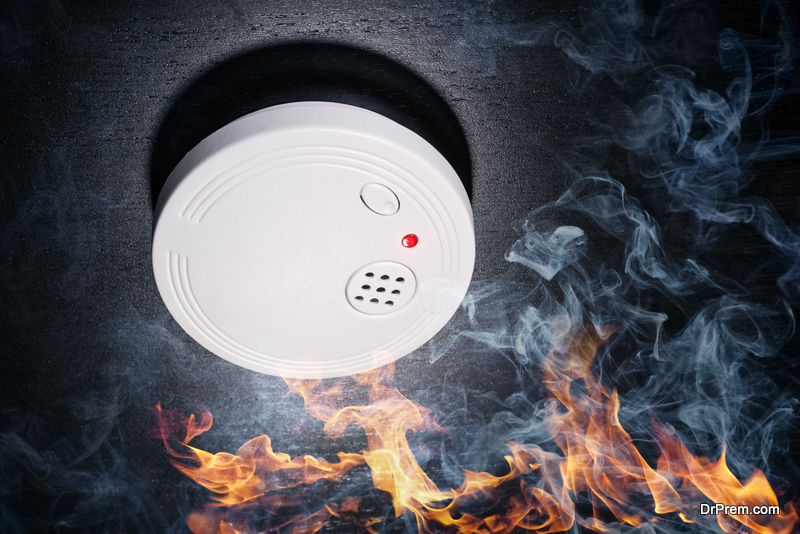 Fires can occur unexpectedly. You should want to be aware of a fire before it is too late. Smoke alarms can help with that. Be sure that each floor has at least one smoke alarm.
Fires can occur unexpectedly. You should want to be aware of a fire before it is too late. Smoke alarms can help with that. Be sure that each floor has at least one smoke alarm.
It is better to install smoke alarms in each bedroom, especially the children’s rooms. This gives you time to get to them and escape before the fire spreads. It is not enough to install; you should also test them monthly and check the batteries regularly.
Furthermore, you will need a fire extinguisher in the house, in an easy-to-access area. You could have one for each floor as well. Be sure that everyone knows where the fire extinguishers are. Also, teach your teenagers how to use the extinguisher.
8. Avoid irritants and allergens
We all love our furry friends, but some children are allergic to them. Contrary to popular belief, according to the American Academy of Allergy, Asthma, and Immunology, there is no truly hypoallergenic breed of dog or cat. Therefore, it is wise to keep pets away from allergic children as you carefully learn the triggers and what can work to help your child live with a pet.
Pay attention to certain fabrics, feathered pillows, mink blankets, and some stuffed animals can also trigger allergies in children.
9. Toxic fumes
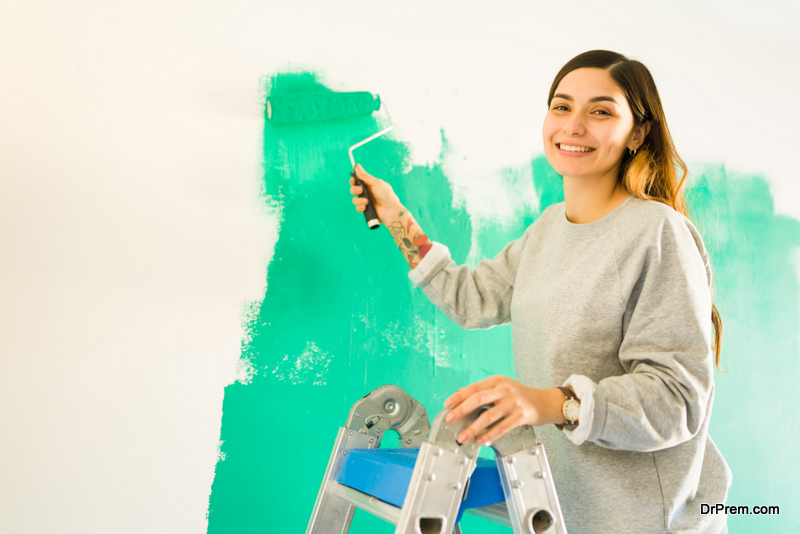 Older homes have a probability of having lead in wall paint and floor varnish. The lead dust may be stirred up during renovations or when the wall chips. Toxic lead dust will put your child at risk of developmental and learning problems. It is important to hire a certified contractor to measure the lead level in your home and remove it safely.
Older homes have a probability of having lead in wall paint and floor varnish. The lead dust may be stirred up during renovations or when the wall chips. Toxic lead dust will put your child at risk of developmental and learning problems. It is important to hire a certified contractor to measure the lead level in your home and remove it safely.
It is recommended for the parent to spot any harmful or dangerous objects or places that may attract a child. A safe and healthy home environment for you and your family plays a vital role in our parenting. You will get rid of avoidable accidents and illnesses that can cost our family dearly.
Article Submitted By Community Writer


